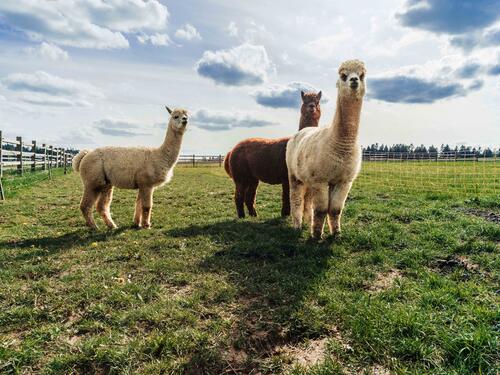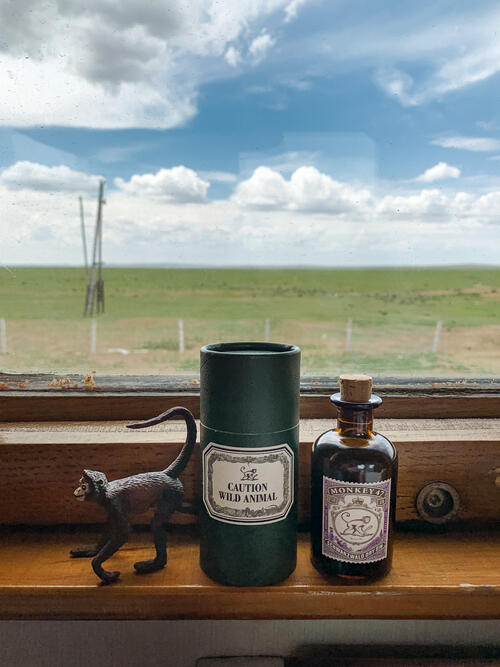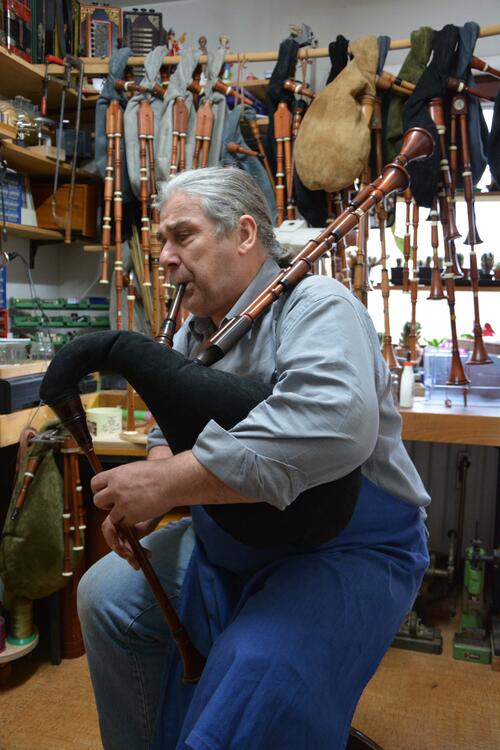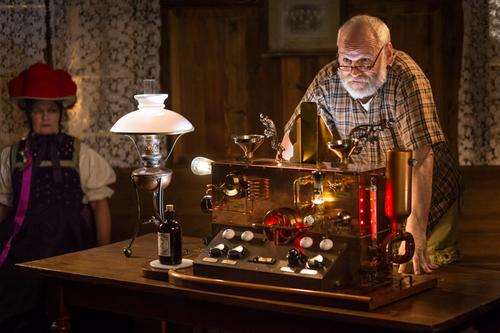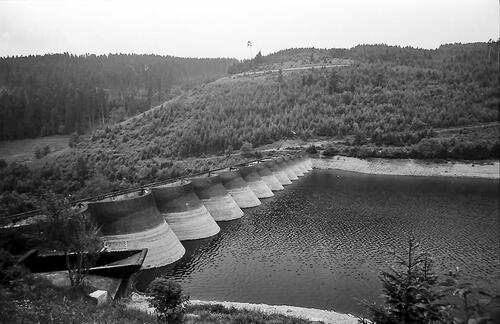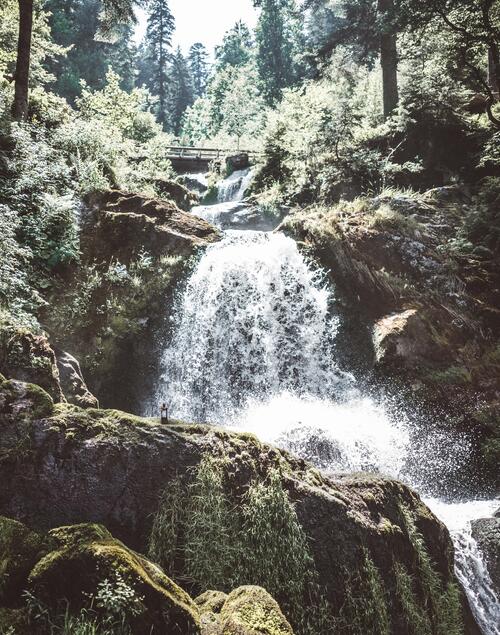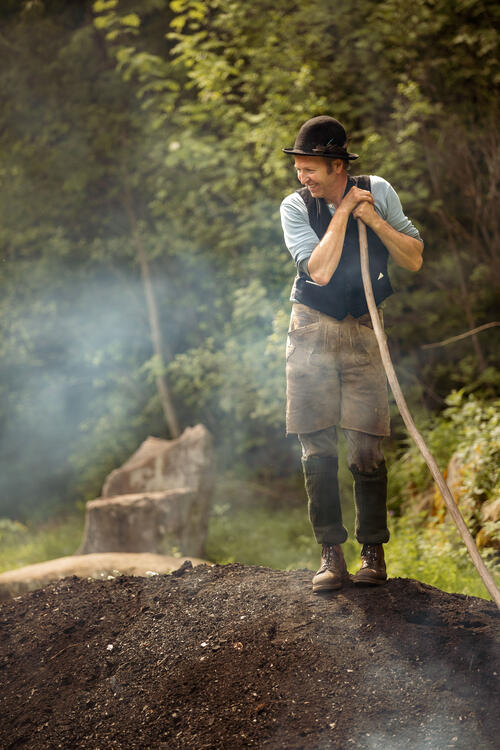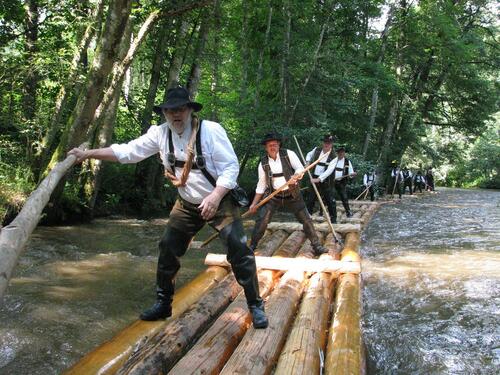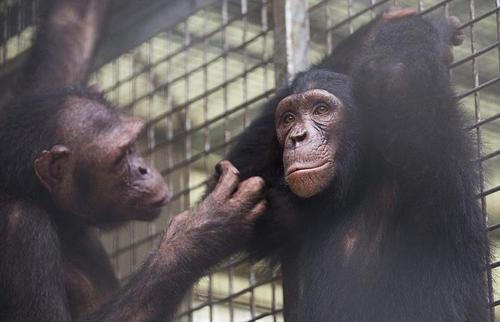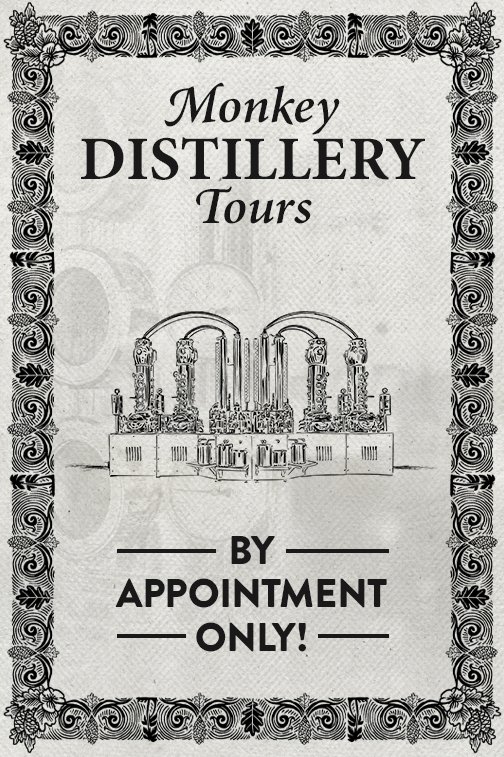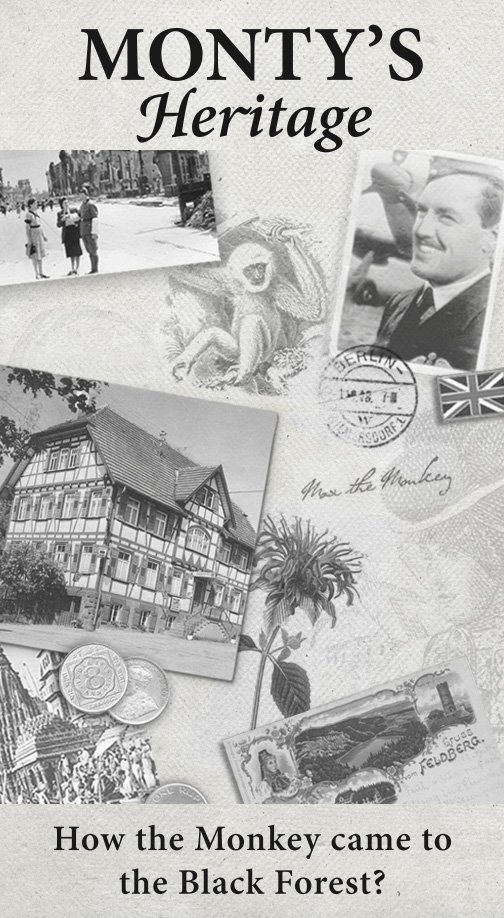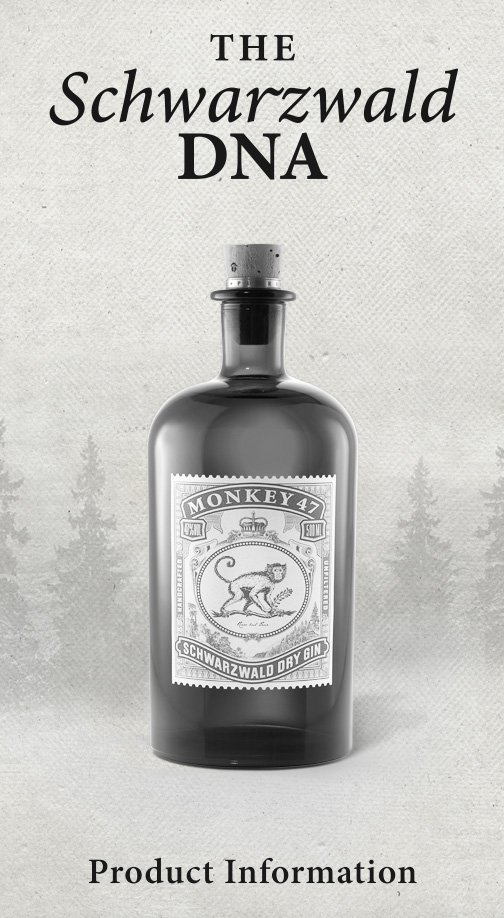The Man with Smokey Eyes
Thomas Faißt
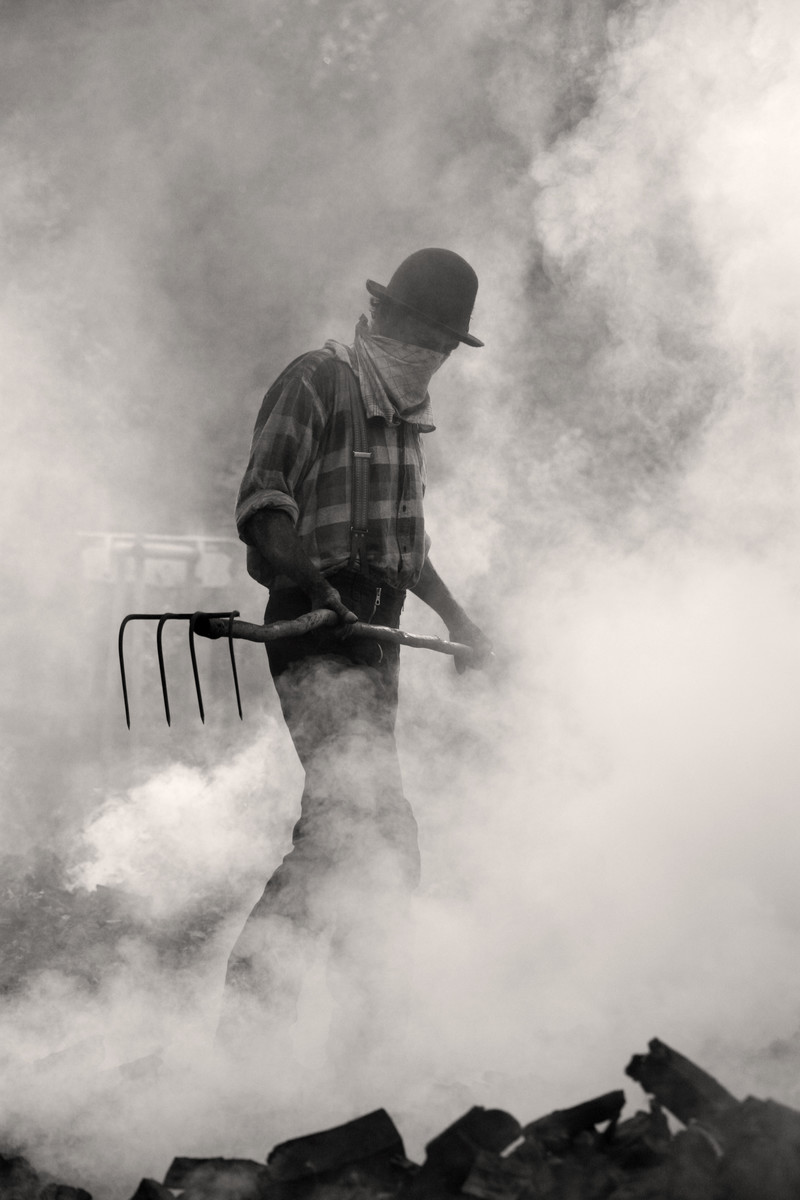
When Germans talk about someone having “lots of coal”, they mean that the person is rich. This term originates from cold winters in the post-war period when only the rich could afford to sit around a warm stove. The expression has little to do with the job of a charcoal burner because, as a trade that has remained important in the Black Forest for centuries, it has brought neither great prestige nor prosperity.
Thomas Faißt would not be able to live off charcoal burning alone either. These days, charcoal is a cheap industrial product. Faißt is a forest ranger and a lumberjack. As one of four official “Slow Movement Officers of the Municipality of Baiersbronn,” he also introduces children and adults to natural woodland. He’s got the forest in his blood. Charcoal burning is a passion that he sees as his destiny. Some of his ancestors were charcoal burners. Faißt combines this hot, sweaty craft with culture. In his native community of Baiersbronn in the Black Forest, a part of Germany that is known particularly for its large number of Michelin star chefs, he himself provides tasty treats of a cultural kind every Whitsuntide in the form of concerts and readings right next to his smoking charcoal pile. Together with a musician, he also presents Wilhelm Hauff’s fairytale “The Cold Heart”, both here and elsewhere. The story about a poor charcoal burner called Peter Munk, who meets a forest spirit and trades his heart for a cold stone in exchange for wealth, originated in Baiersbronn. Following great misery, Peter is only able to regain his humanity by deploying a ruse and is henceforth satisfied with his life as a charcoal burner. Today, the profession has all but died out. Thomas Faißt estimates that there are five or six charcoal burners left in Baden-Wuerttemberg. He himself was able to observe and assist one and has been experimenting on his own since 2001. Courage and composure are characteristics needed by a charcoal burner. Courage to deal with the destructive element of fire, and composure to be able to not exactly control but at least manage a process.
Wood billets are placed side by side around a central shaft – a job that takes several days. The entire construction is covered with pine branches or leaves. On top of that comes a 10–20 cm layer of culm and a mixture of sandy earth, coal dust, and ash. A couple of air holes are left at the bottom, and at the top, the charcoal burner can manage the smoldering process inside the pile using vents. Now, it’s a bit like choosing a new pope. In the Vatican, dark smoke during a conclave indicates that no decision has been made regarding the choice of a new head of the Catholic Church. White smoke shows that an agreement has been reached and all is well. Black smoke emanating from the pile indicates excessive combustion. White smoke, however, is the charcoal burner’s friend, and the burner can now monitor the burning process on site and around the clock for seven to nine days. If everything goes to plan, only the carbon structure of the wood remains. “It's a kind of dry distillation,” says Faißt, comparing his work to the production of Monkey 47. Only Monkey 47 is then filled into bottles, whereas the pile must first be “raked” and the charcoal spread out and extinguished before it can then be packaged.
The top-grade charcoal produced by Thomas Faißt usually ends up on the barbecues of friends and other people who want to prepare their meat with this extremely high-quality and clean energy carrier. The meat acquires an exceptional flavor if you douse it with a glass of Monkey 47. The magazine “Beef” came to the same conclusion, and Monkey created a special edition “Beef Cut” gin for its readers which contained especially aromatic botanicals to provide the perfect accompaniment for grilled meat.






